Fairphone 3 review: Sustainability requires sacrifices
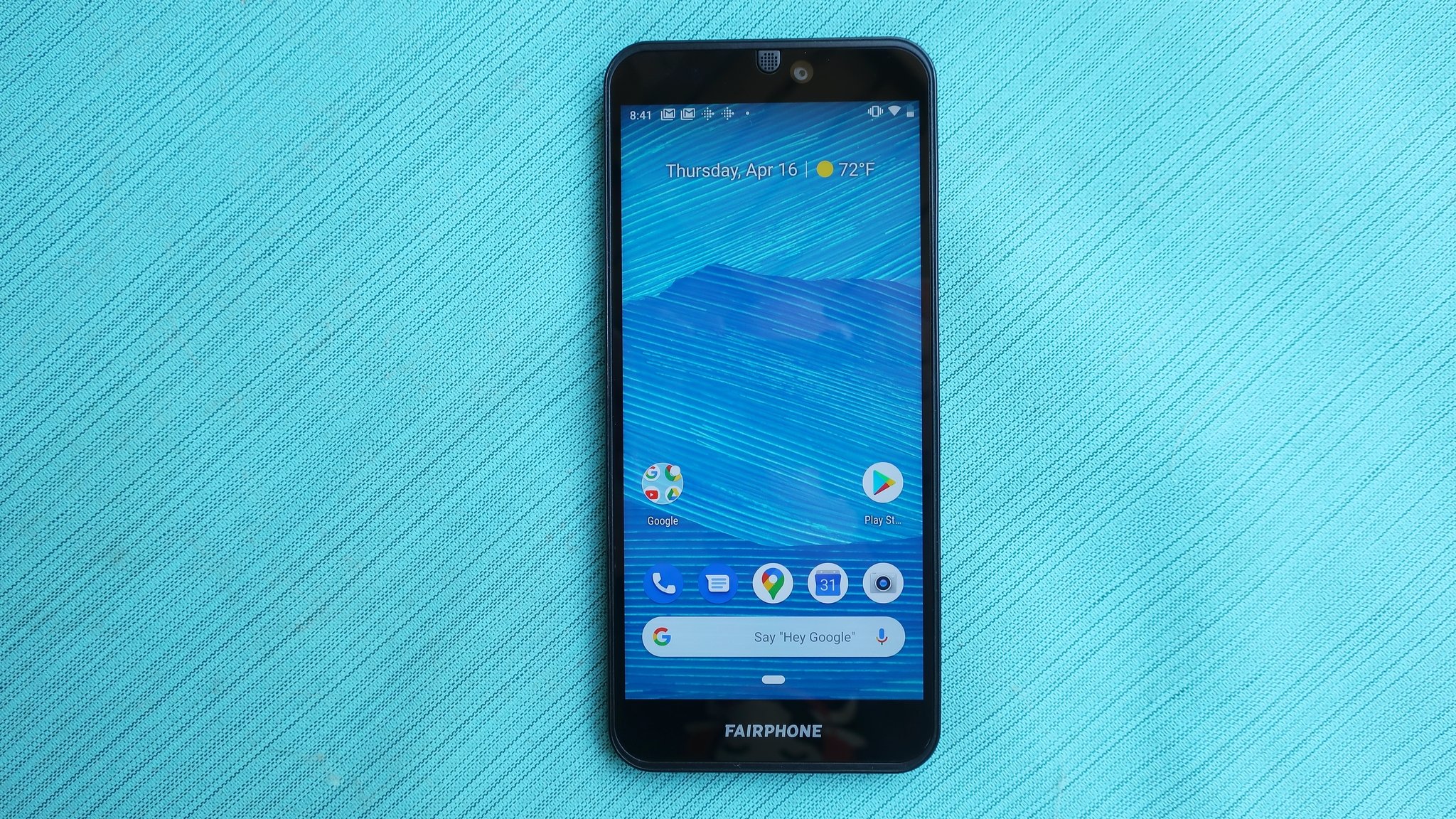
It's not the phone, but what's behind it that counts.
Even before I joined Android Central, I'd been wanting to get my hands on a Fairphone device. I've followed the company's story over the past few years, and have been both inspired by its courage and leadership and left completely aghast at just how unsustainably the tech industry as a whole operates.
That's true of most industries of course, but because this is the field I'm passionate about and cover for a living, it was particularly sobering to learn just how unfair and unsustainable the tech industry is overall. I likened this awakening to my first reading of The Jungle by Upton Sinclair, in that in learning about the Fairphone story, I got to truly see how the sausage was made, so to speak — and I didn't like it one bit.
So it is with that background that I was delighted to get my hands on the company's latest device, the Fairphone 3. I got to spend a few weeks using it in and around my house (hey, we have been in quarantine you know), and what follows are my thoughts and experiences. It is definitely not the best device in terms of specs and performance, and it's rather difficult to get your hands on if you live outside of Europe. However, I do think it's an aspirational, trail-blazing kind of product whose impact can and hopefully will transcend the Android enthusiast to the casual smartphone user and beyond.
Buy into a social movement, get a phone
Fairphone 3
Bottom Line The Fairphone 3 is not the most impressive smartphone when it comes to specs or looks, but it certainly walks the walk when it comes to delivering one of the most responsible, ethical, and sustainable devices available today. If you are someone who really cares about the environment, fair trade, and labor practices, and you want to be on the leading edge of a social and business movement, then you'll truly appreciate this phone. If you're just looking for an affordable or mid-range Android phone, then you'll probably be disappointed.
Pros
- Purchase supports fair trade and labor practices
- Hand feel, size, and weight are great for small phone lovers
- No bloatware
- Good battery life
Cons
- No IP rating
- No wireless charging
- Poor camera
- Software and processor will become dated quickly
Fairphone 3: Price and availability
The Fairphone 3 was unveiled in the late summer of 2019 and went on sale in Europe and select markets on September 3, 2019. It debuted at a price of €450 and now can be had for around €399. The Fairphone 3 was followed in August 2020 by the Fairphone 3+, which featured an upgraded camera module and a backplate made of more recycled material, among other minor upgrades. The 3+ was launched with a price of €469, but now can be found for around €439. Fairphone 3 owners can also replace the camera and back panel with replacement parts from Fairphone's website and iFixit. In the fall of 2021, Fairphone introduced the Fairphone 4, which is the company's most sustainable and repairable device to date.
Fairphone 3: Background
We've all heard about the "3 Rs" of sustainability — Reduce, Reuse, and Recycle, and while many of us have hopped on board the recycling train, and that's great, we don't always think about the other two Rs nearly as much. Indeed, one of the best ways to prevent e-waste and pollution, in general, is to just use the devices you have for as long as possible; i.e., reducing further consumption and reusing the products you already have. Understandably, that isn't a message that most producers want to spread, and this is especially true in the tech space (just think about how many phone releases and other product introductions there are each year).
Most companies don't want you to keep your devices for a long time.
Some companies have addressed the ideas of reduction and reuse in different ways. Apple's iOS devices regularly receive software updates for four or even five years after they are introduced, encouraging or rewarding people who hold on to the phones, pass them down, or resell them. The company also has a respectable device recycling program, and it proudly points out its environmental efforts whenever it can.
Other companies like Google have made efforts to introduce recyclable or sustainable materials into their products (like the mesh covering on the Nest Mini speaker), or biodegradable or compostable components like those found in some of the best environmentally-friendly phone accessories.
The Fairphone story is quite different from most others in the tech space. It first started out as a social awareness campaign and only later morphed into a for-profit company. While of course it wants to sell phones and make money, Fairphone sees itself as a leader in trying to tackle sustainability issues from multiple fronts, including:
- Sourcing the raw materials and minerals from mines and distributors that practice fair trade and fair labor practices (not to mention doing so in the most environmentally responsible way possible).
- Working with their supply chain and production partners to ensure fair working conditions and wages for contractors and employees.
- Building their devices out of recyclable materials whenever possible (like the backplate, phone cases, etc).
- Pushing forward the concepts of modularity and self-repairability to extend the useable lives of devices.
- Sharing the company's experiences, successes, and failures with governments, NGOs, and the tech industry at large to encourage wider acceptance and adoption of these sustainability practices.
| Specs | Fairphone 3 |
|---|---|
| Dimensions | 158 x 9.89 x 71.8mm (6.22 x .39 x 2.83 in) |
| Weight | 189g (6.7oz) |
| OS | Android 10 |
| Processer | Qualcom Snapdragon 632 |
| RAM | 4GB |
| Storage | 64GB Expandable with microSD card |
| Battery | 3,000mAH |
| Display | 5.65 inch Full HD 18:9 aspect ratio |
| Rear Camera | 12MP f/1.8, Dual Pixel PDAF |
| Front Camera | 8MP f/2.0 |
| NFC for payments | Yes |
| Headphone Jack | Yes |
| Connectors & Sensors | USB-C Rear-mounted fingerprint sesor |
While the mission and goals of the company are admirable, as far as specs and components go, the phone is a little bit of a mixed bag.
For the size of the device, its 3,000 battery is more than capable. You get features like NFC for payments which a lot of lower-end phones don't have. It comes with a USB-C connector, a nice rear-mounted fingerprint sensor, and low and behold, an honest to goodness headphone jack!
The phone is a nice size for those who like one-handed use, though reaching the top corner may be difficult for those with smaller hands thanks to its 18:9 aspect ratio.
Notable, though understandably absent, is any sort of IP dust or water resistance, wireless charging, or a fancy high refresh rate screen.
Let's take a look at how those specs translate into everyday use.
Fairphone 3: Fair points
When it comes to Fairphone 3/3+, the things I like best about the device have more to do with the ideals it represents than how it fares as a phone. The mission of promoting a more sustainable, more circular economy is admirable, and I think that while the actual impact from the sales of this device is negligible, the influence that this company and movement can have and is having on the industry at large is noteworthy.
I also appreciate the community that Fairphone has built up in Europe and around the world. The Fairphone Angels group is a vibrant ambassador program that extends and amplifies the company's message and customer support outreach. It reminds me of a more grassroots version of the Apple Genius Bar, combined with OnePlus' vibrant community forums and global meetups.
The Fairphone 3/3+ is not going to win any performance awards, but it does pack several features that are valuable in a budget to mid-ranger, including a good rear-mounted fingerprint sensor, NFC for mobile payments, and a headphone jack.
The 3,000mAH battery more than got me through a full day of usage, and when I wasn't using it very much, the standby times were iPhone-esque. There were several days during my time with the phone that I didn't get to use it for three or four days at a time, and I'd return to it to find that it still had more than 60% battery.
Another way that it reminded me of an iPhone was the shape and feel of the device. In many respects, it looks kinda like an iPhone 12 series in that it is narrow and easy to grip with one hand, has flat sides, and feels fairly lightweight as well.
Even though it has a decidedly mid-range processor in the Snapdragon 632, I didn't have any issues with sluggishness or performance during day-to-day usage. It originally shipped Android 9 Pie out of the box (it was released before Android 10), and it has since received an update to Android 10. Fairphone has said it will continue to receive regular security patches. The company recently announced that its five-year-old Fairphone 2 was getting updated to Android 9, so it's clear Fairphone is committed to supporting their phones as best they can, for as long as they are able. I found Fairphone's skin pretty darn close to stock Android for what it's worth, and I particularly liked that there were zero manufacturer or bloatware apps pre-installed on this unlocked device. Fairphone even encourages users to put alternative operating systems on the device if they want, such as Ubuntu Touch, Lineage, or Sailfish.
Being able to repair your own phone is unheard of these days.
The simple fact that you can take the phone apart on your own and replace certain components like the battery, camera, speaker, backplate, and even the display is incredible. The phone actually received a perfect 10 out of 10 iFixit score for its repairability. I really enjoyed the transparent rear cover, which along with showing off the phone's internals exposes the company's slogan on the battery that "Change is in your hands."
The idea of modular manufacturing has been around for quite some time (remember Google's Project Ara and Motorola's Moto Mods?), but it hasn't ever been able to gain traction among consumers. Perhaps that's because in the past, it was positioned as a way to sell more accessories rather than as a way to prolong the lifespan of the phones themselves?
The photos that this phone produces can be okay in the right conditions, but I'm sure it's no surprise to you that a phone camera at this price range isn't top-notch.
Here are a few examples of indoor daylight shots:
And here are a few examples of outdoor daylight shots:
Fairphone 3: Unfair expectations
While some of what I liked about the phone pertained to the device itself, I was much more enamored by what it represented. It should come as no surprise that I have some issues with the Fairphone 3 as a viable smartphone alternative for the masses.
Let's start with the processor and OS. This is a phone with a decidedly mid-range processor (Snapdragon 632) that is not on the most current version of Android, and likely won't get updated beyond Android 10. That doesn't instill a lot of confidence for future-proofing if the goal is to use this repairable, sustainably-built phone for as long as possible. That being said, Fairphone does have a fair number of happy customers who are still rocking the Fairphone 2 (and even the original Fairphone), so the core audience for this phone appears highly motivated to make the proposition of long-term use work. As I mentioned above, that older Fairphone 2 did receive another platform update, and a partnership with /e/OS means that users can install alternative operating systems to keep their devices going for even longer. In fact, you can even buy Fairphone 3 and 3+ devices with /e/OS preinstalled.
It doesn't surprise me that a low to mid-range phone doesn't have some of the special extras that we love on higher-end devices like IP certification or wireless charging. Honestly, even if the company wanted to, I don't see how those features could work in a modular phone like this.
I did say that the phone felt good in the hand, and while I'm not saying that it feels flimsy or cheap, there were some hardware issues that did bother me. For one, the buttons are all on the left side, and they are not clicky at all. In fact, I regularly struggled to even find the power button, and when I did, I was disappointed by how mushy it was and how little travel it had.
The haptic vibration motor is awful, so much so that I quickly just turned it off. And the alignment of the headphone jack on the top of the phone is off-center and bleeds into the backplate casing. I don't know if that's an intentional part of the design or if it was a defect on my device, but either way, that's not going to win it any style points.
I mentioned that photos this camera took in good lighting conditions were certainly passable, but nightime and low-light photography was where it fell down. When you open these up, you can see how grainy things get. For reference:
The other major drawbacks with the Fairphone 3/3+ are its price and its availability. This phone retails at €399 (and higher for the 3+), or just under $500, which is way overpriced for what it is based on specs alone. I understand why it is priced this way, as Fairphone has to pay a fair price for materials, distribution, labor, etc, and I'm sure building a modular phone has its unique costs, so I don't fault the company for pricing the phone the way it did. But it's something to keep in mind.
Cost and availability are the two biggest drawbacks of this phone.
The last thing to keep in mind is that most people couldn't get this phone if they wanted to. The Fairphone 3 (and 3+) is made for the European market and isn't generally available outside of the continent. When I asked Fairphone if and when they planned on expanding their global availability, I was told that it is something they're exploring but that they do not currently have a timeframe for expansion.
Fairphone 3: Competition
The biggest competition among the best sustainable and repairable phones has to be the Teracube 2e. The 2e costs about half what the Fairphone 3/3+ will run you, and it is available in the U.S. It has a stellar four-year warranty, with user-replaceable parts like the battery. It also comes with a biodegradable case and screen protector, and its components are made up of at least 25% recycled plastic.
According to YouTuber JerryRigEverything, Google's Pixel 5 and Pixel 4a are both very repairable phones as well, and the 4a is even a bit cheaper than the Fairphone 3/3+. Plus, it will get at least three platform updates and as many years of monthly security patches, too.
Finally, if you live in Europe, you might want to consider the SHIFT6m. This phone has a similar value proposition to the Fairphone 3/3+, and it earned a 9/10 repairability score from iFixit.
Fairphone 3: Should you buy it?
You should buy this if ...
- You want a more sustainable phone
- You like to tinker with or repair your own devices
- You like to flash your own OS updates/variants
You shouldn't buy this if...
- You live outside of Europe
- You want the best hardware
- You want the latest software or features
When I'm asked if the Fairphone 3/3+ is worth it, I'm honestly torn. On the one hand, if you're looking at it like you would any other mid-range (or even flagship) phone, I wouldn't say it is a great value for the physical device and components you're paying for. But that's not the entire story here, is it?
Like folding phones, repairable, sustainable phones are still aspirational devices.
As several of my Android Central colleagues have said concerning expensive foldables like the Samsung Galaxy Z Flip or Motorola RAZR, a lot of what you're paying for when you buy a phone like this is an idea, an image, a lifestyle. And while it doesn't have the wow factor of those other phones, the Fairphone 3/3+ is most definitely an aspirational product first and foremost.
This is not a phone for people who care about high-end specs and performance, and it's certainly not for those who constantly seek out the latest and greatest. Those folks will be sorely disappointed and should look elsewhere.
While it may appeal to your average mid-range Android consumer, the Fairphone 3/3+ is for people who think that good enough is, well, good enough. It's for those who are idealists and believe in the idea of a circular economy and the mission of true sustainability. It's for hackers and makers who like to take their tech apart, repair and rebuild it, and truly feel like they own their device.
I guess you could call the Fairphone 3/3+ both an anti-enthusiast phone (low specs, average hardware, bleak software update picture), and the perfect enthusiast phone (you can tinker with the hardware and software to your heart's content, and it's still in the upper limits of what is considered affordable).
If any of those descriptors fit your personality, then you might be very happy with the Fairphone 3/3+. I know I'd love to have one in my hands on a more consistent basis, and I look forward to seeing how Fairphone as a company continues to innovate and push the tech industry forward.
Sustainability Champion
Fairphone 3
Carrying the sustainability torch
Assuming you can buy it, the Fairphone 3 is one of the most repairable and sustainable phones out there. The company continues to be a pioneer and a leader in creating a circular economy, and this third iteration is its best yet.
Sustainable and Available in the U.S.
Teracube 2e
Better specs for less
The Teracube 2e comes with one of the best warranties in the business, offering easy and affordable repairs for a cleaner Earth. It offers better specs and build quality than the Fairphone 3 for a lower price, and it's available for purchase in the U.S.
Review Changelog, December 2021
This article was originally published in April 2020.
It was updated in December 2021 with the following changes.
- Added mention of Fairphone 4 and link to review.
It was updated in May 2021 with the following changes.
- Updated pricing to reflect recent sales.
- Added mentions of Fairphone 3+ and modular components available for the Fairphone 3.
- Added price and availability section.
- Added competition section.

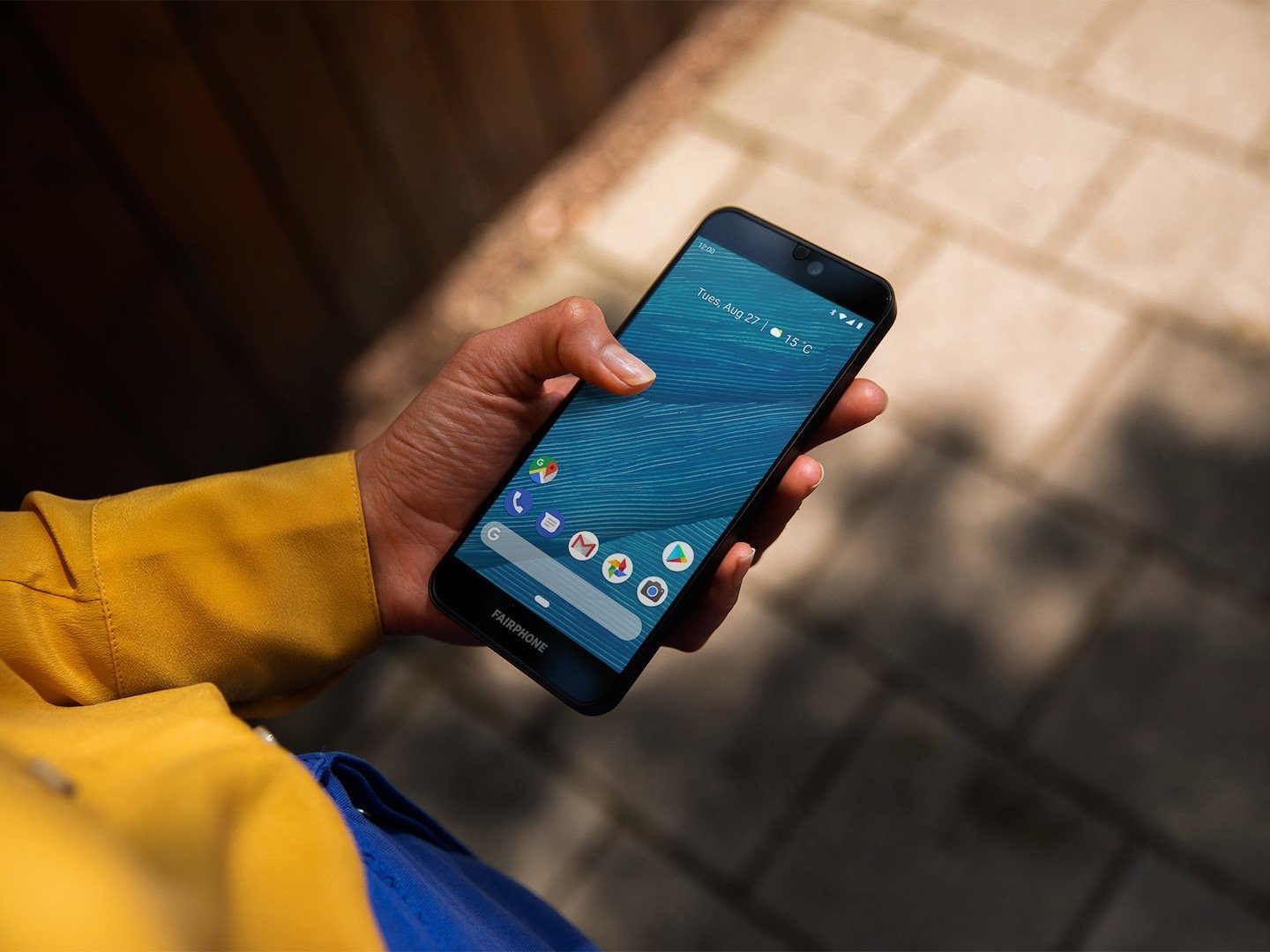
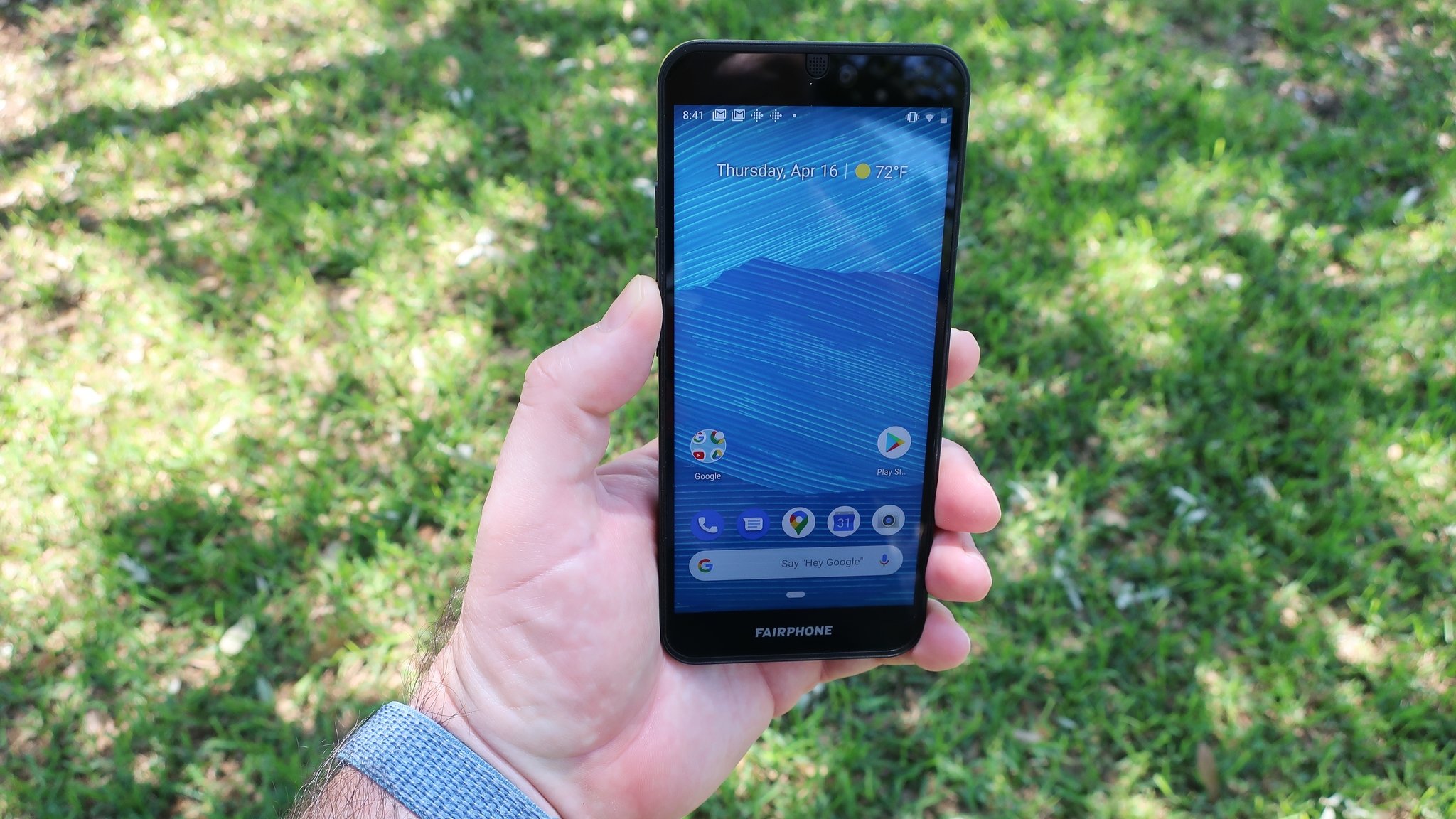
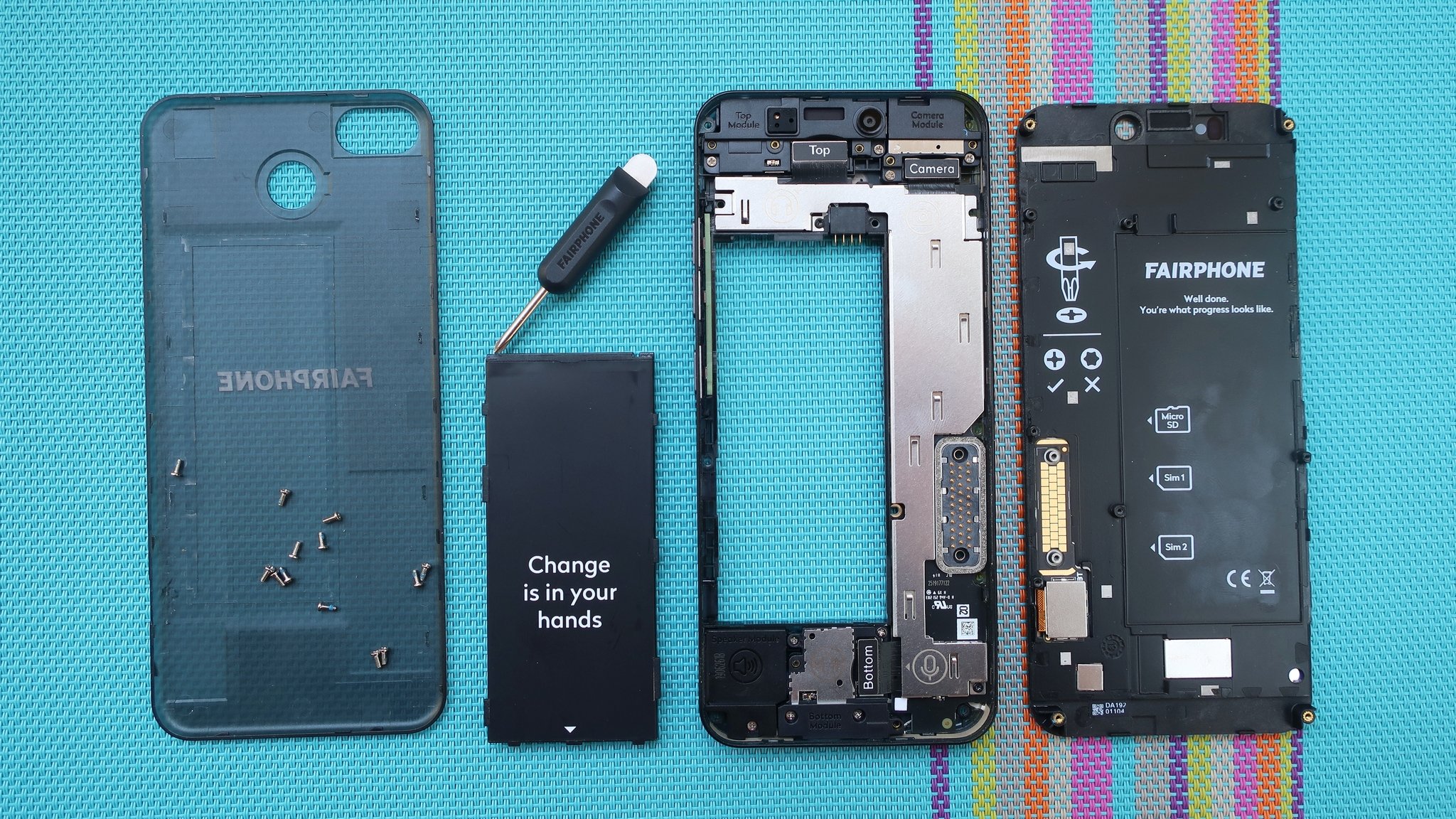
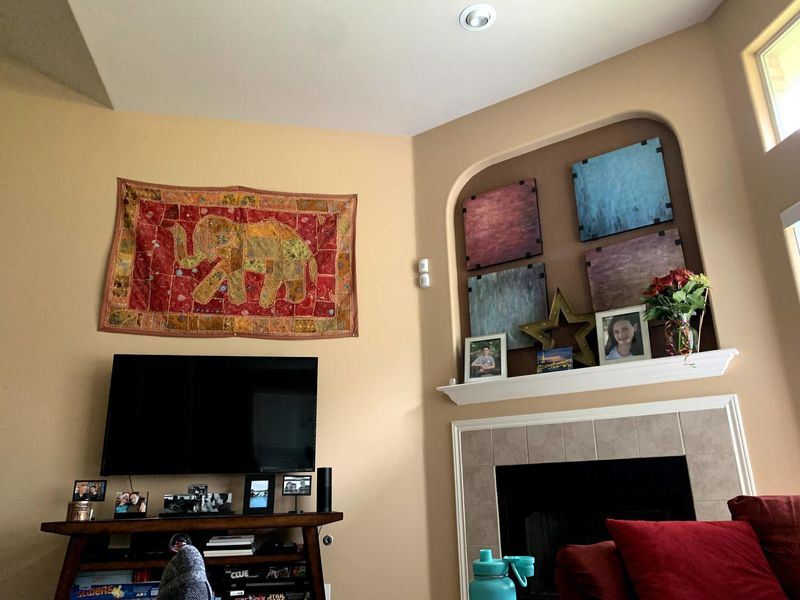
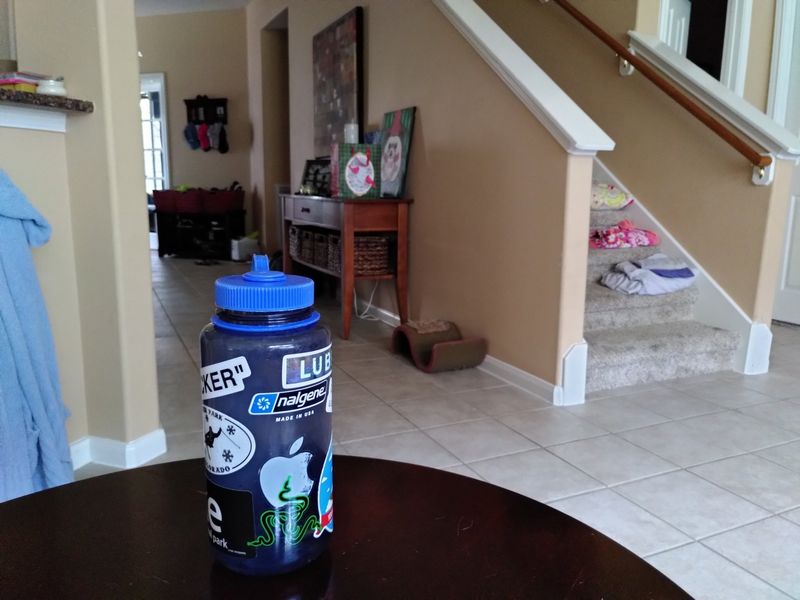











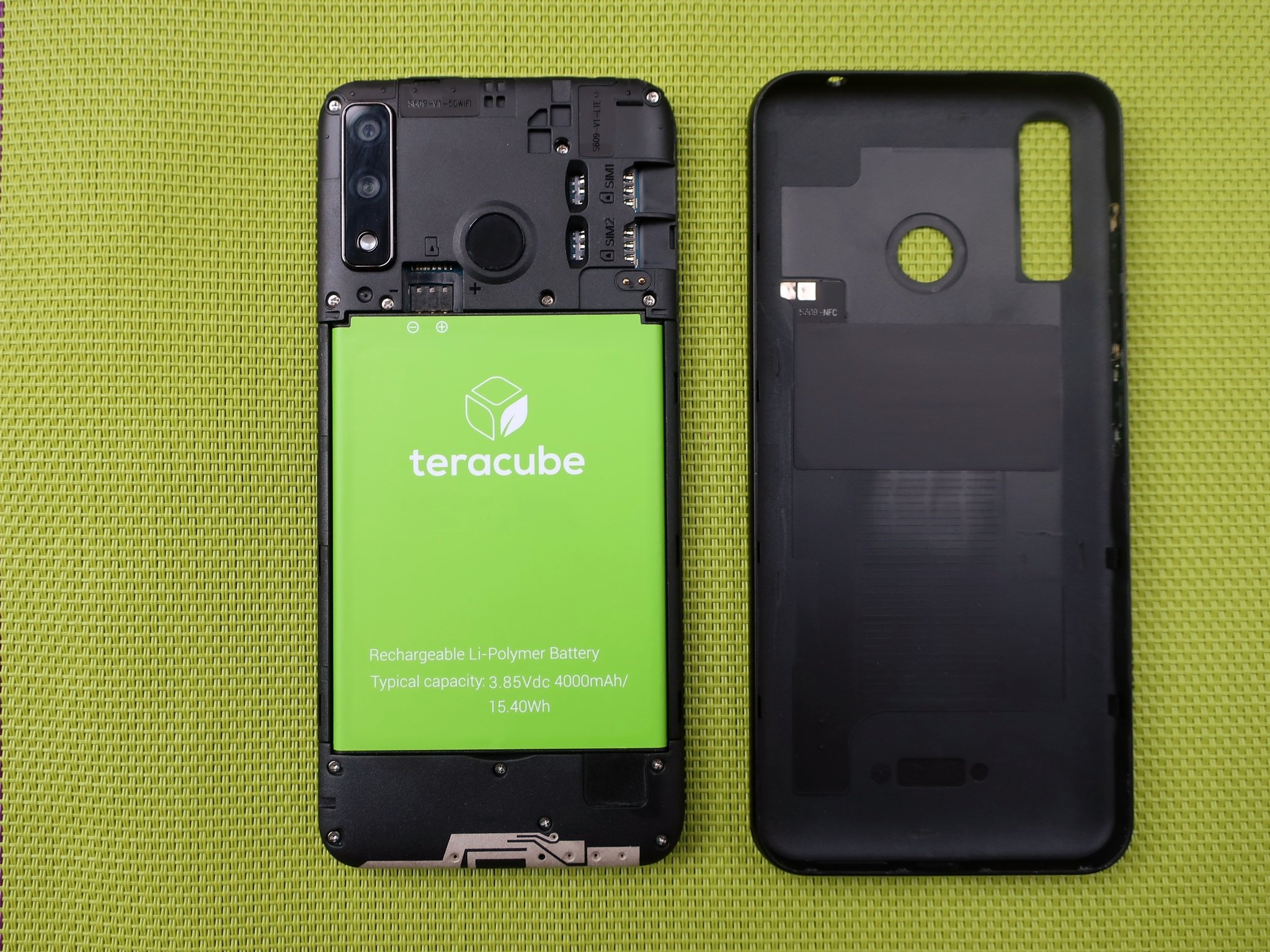

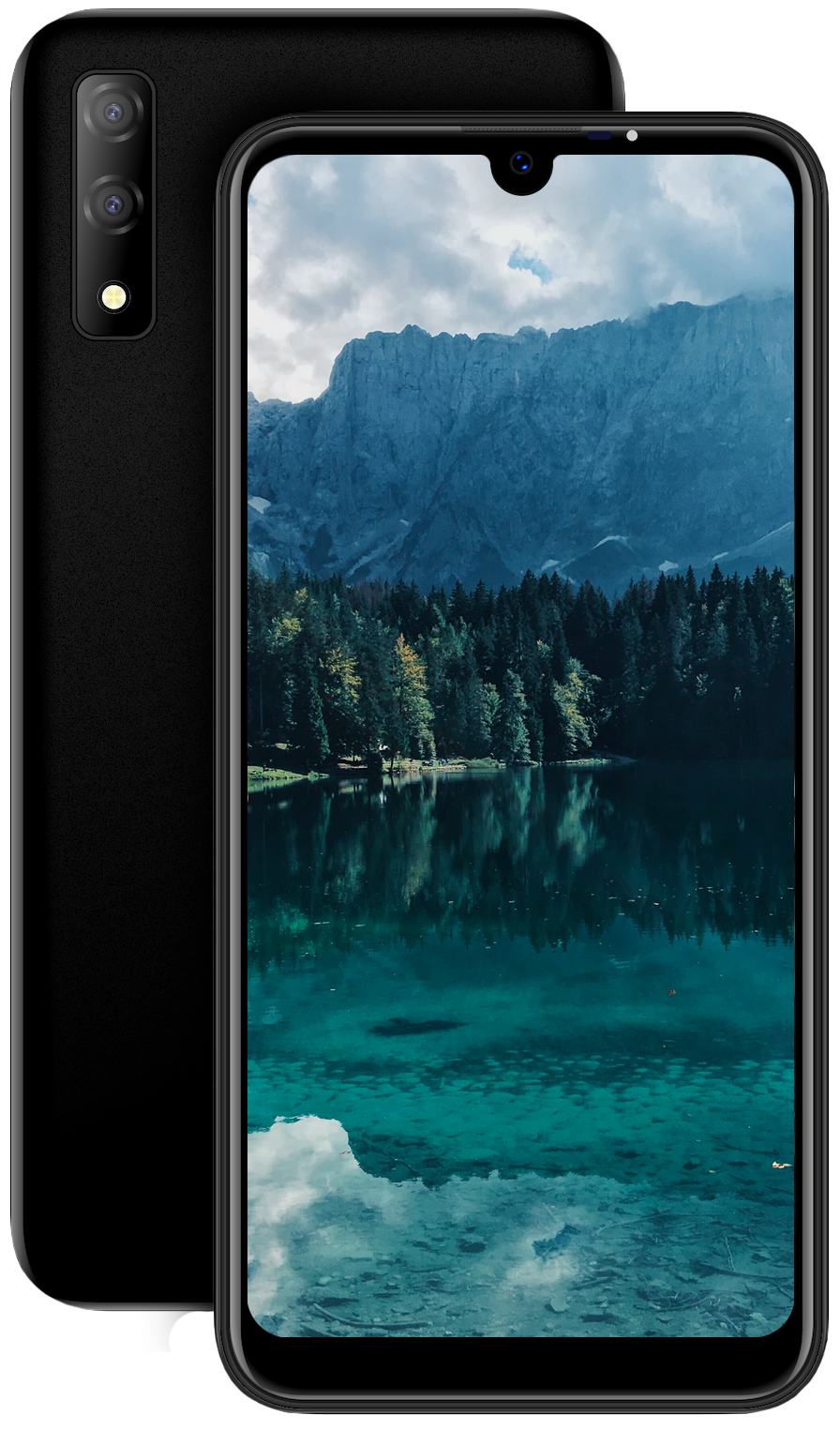
No comments